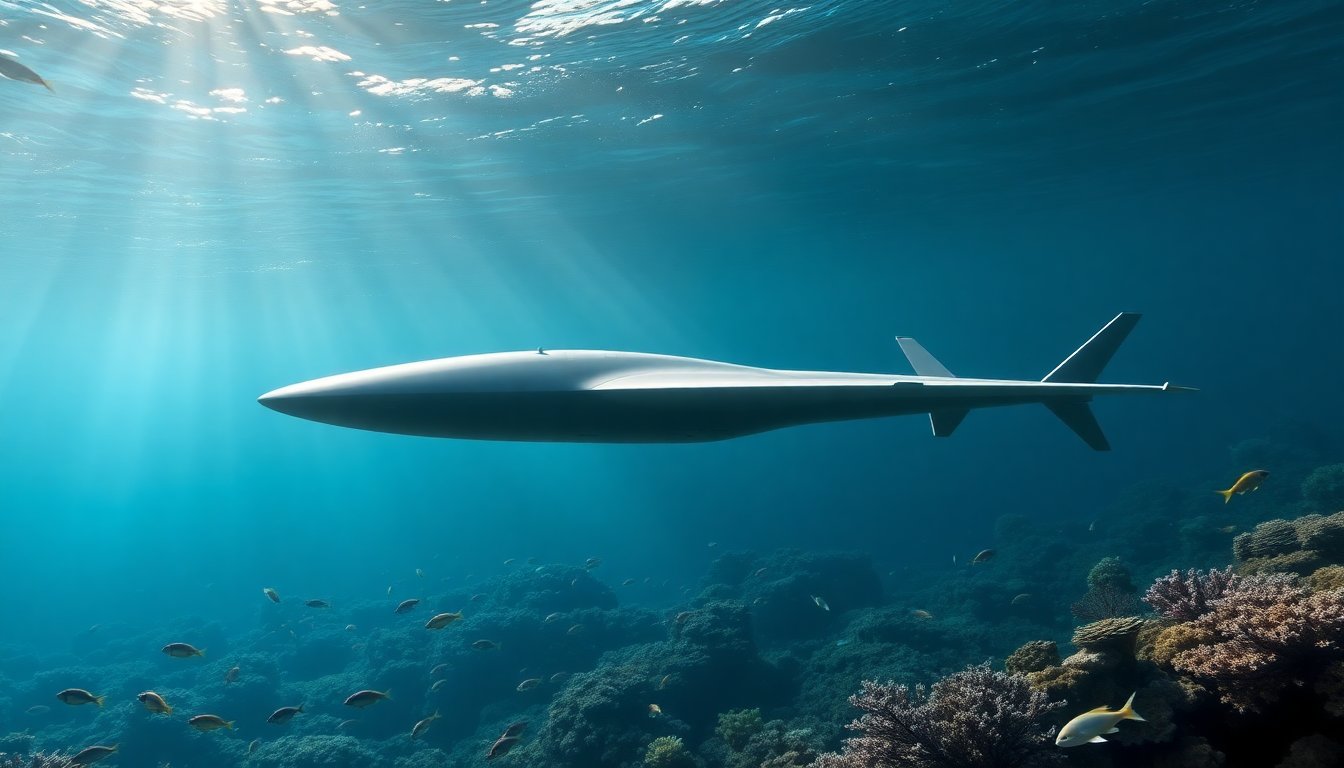Table of Contents
In a decisive move to enhance its naval capabilities, Australia has announced a substantial investment in advanced underwater military technology. The Australian Defence Minister, Richard Marles, recently revealed plans to allocate 1.7 billion Australian dollars (approximately $1.1 billion) for the development and deployment of extra-large underwater drones, known as “Ghost Sharks.” This initiative is part of a broader strategy aimed at modernizing the Royal Australian Navy and improving its operational effectiveness in a complex and evolving strategic environment.
Strategic Importance of the Ghost Shark Drones
The introduction of the Ghost Shark autonomous underwater vehicles is viewed as a critical enhancement to Australia’s naval fleet. Minister Marles emphasized that these drones will not only supplement Australia’s surface fleet but also provide a more lethal and capable naval force. The Ghost Sharks are designed to operate effectively across a vast maritime environment, which is vital given Australia’s unique geographical challenges, including its extensive coastline and ocean territories.
Marles stated, “This is a profoundly important capability for the Royal Australian Navy,” underscoring the necessity for advanced technologies in addressing contemporary military threats. The drones are expected to feature stealth capabilities and an extensive operational range, thereby allowing Australia to conduct intelligence, surveillance, reconnaissance, and strike missions more efficiently.
Investment and Development Plans
Australia has signed a five-year contract with Anduril Australia, which will manage the construction, maintenance, and development of the Ghost Shark drones within the country. This partnership aims not only to strengthen local defense capabilities but also positions Australia as a leader in autonomous underwater military technology on a global scale. The production of dozens of these advanced vehicles domestically further emphasizes the government’s commitment to enhancing military self-sufficiency.
Minister for Defence Industry Pat Conroy noted that there would be potential export opportunities for these drones to allied nations, highlighting Australia’s ambition to become a key player in the defense technology market. The first units of the Ghost Shark are projected to enter service by early 2026, representing a significant milestone in Australia’s military modernization efforts.
Addressing Regional Military Dynamics
The decision to heavily invest in the Ghost Shark drones comes amid escalating regional tensions, particularly concerning China’s expanding military presence in the Asia Pacific. Australia is undergoing a comprehensive military restructuring aimed at bolstering its long-range strike capabilities. The strategic emphasis on developing advanced underwater technology is a direct response to the increasingly complex security environment that Australia faces.
Furthermore, the Australian government is also collaborating on the AUKUS partnership with the United Kingdom and the United States, which will involve the construction of stealth, nuclear-powered submarines over the next three decades. However, this deal has faced scrutiny, particularly regarding the rationale behind selling nuclear-powered submarines to Australia while ensuring adequate support for the US military.
In conclusion, Australia’s investment in the Ghost Shark underwater drones marks a pivotal step in modernizing its military capabilities. This initiative not only aims to enhance national defense but also positions Australia as a significant contributor to regional security dynamics.


